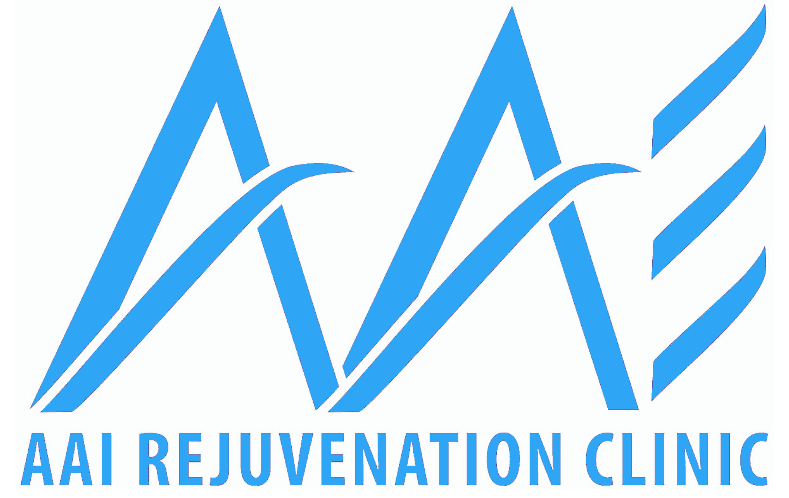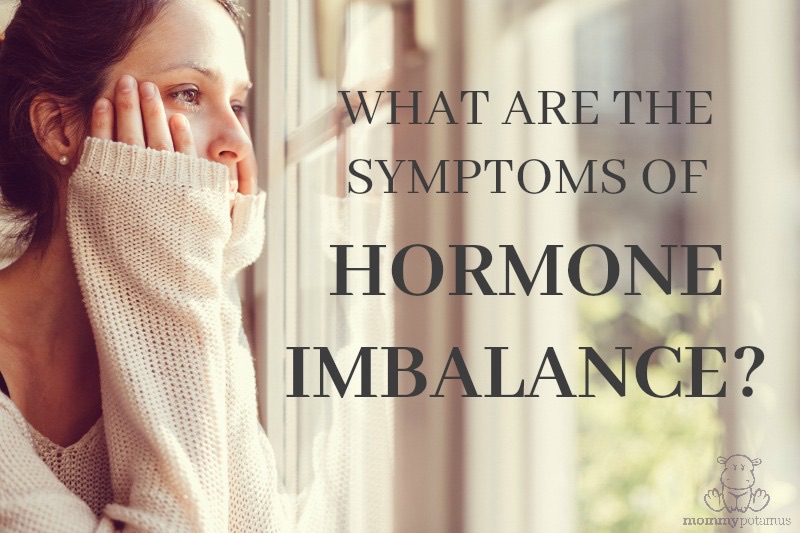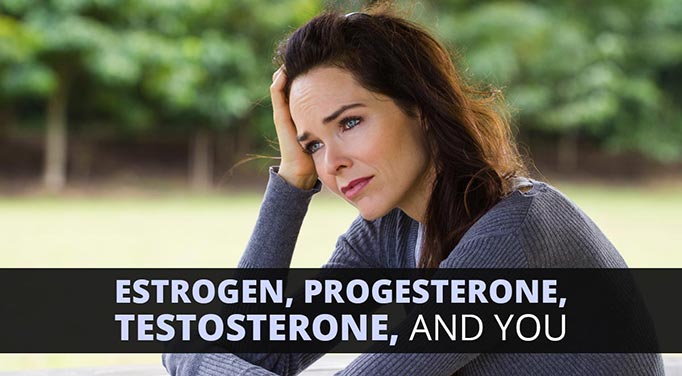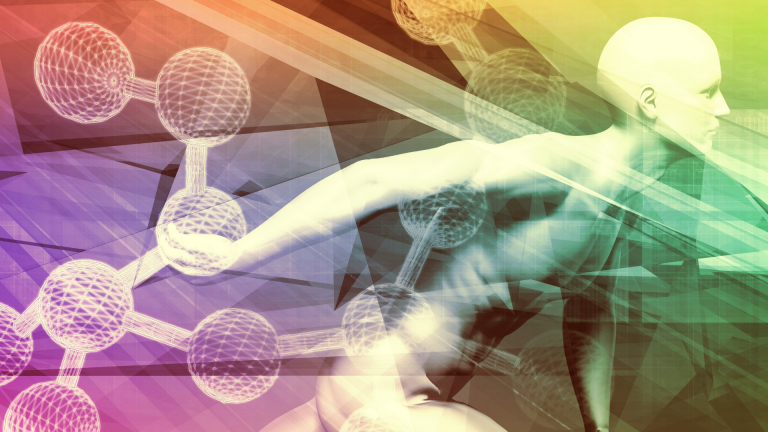To Understand the Hormonal Imbalance in Women
Hormonal Imbalance and why can it be so difficult or Impossible to Clear up Acne?
You probably know you’re hormonal, and Acne has many potential causes.
For some people putting cream or simple dietary changes can clear up their skin (Yeah!), but for others, it can be a long and hard arduous journey to clear up. However, it can be a smooth process for clear skin if you can pinpoint the underlying triggers. Hormonal Imbalance is a cause of Acne, and I will talk about the topic in detail so you can understand or have an idea why this can occur and how you can treat it! Hormones are abundant when we are young in the body, always involved in complex and far-reaching processes. No Hormonal Imbalance acts in isolation; they work together, so when one is out of balance, it can disrupt the whole endocrine system or worse.
This article will discuss Hormonal Imbalances related to pre-menstrual and Acne problems. A brief overview of the menstrual cycle in Women and its Hormonal Imbalance To understand the Hormonal Imbalance in women, it’s essential first to know what hormonal balance is and what should occur ideally.
Your period is a monthly report of your health, and if everything is in balance, you should expect an average length cycle with little-to-no PMS symptoms and a painless period without heavy bleeding. You might think, ‘As if that exists?!’ right now. Still, unfortunately, so many women experience Hormonal Imbalance, stress, nutritional deficiencies, and general ill health that things like PMS and period pain have become the norm. PMS is common, but it’s not normal.
So, let’s get into it:
The menstrual cycle will start on the first day of your period bleeding until the first day of your next period. An average cycle length is between 23 and 35 days and varies from woman to woman. Although the menstrual cycle is based on 28 days, this is not always true. Anything outside this 23-35 day cycle length will be considered abnormal or will often indicate a Hormonal Imbalance dysfunction along the lifeline.
Many hormones can regulate the menstrual cycle, but (so it is clear!).
The main ones are:
- Estrogen
- Progesterone
- Follicle Stimulating Hormone (FSH)
- Luteinizing hormone (LH)
- Testosterone
Testosterone and other androgens:
If an egg is implanted, the above hormones promote all the requirements for a healthy pregnancy. If fertilization does not happen after ovulation, the uterus lining will shed to create a new uterine lining for the next ovulation (the body is always hoping!). Ovulation is meant to occur smack-bang in the middle of your menstrual cycle- at text-book day 14 if you have a 28-day cycle. You usually get your period 14 days after ovulation, so if your menstrual cycle is 25 days, you may ovulate on day 11.
Ovulation shares the menstrual period into two stages: the first phase is when estrogen is the star, and the second stage focuses on progesterone. Progesterone usually is secreted from the ovarian follicle after ovulation (a tiny bit released from your adrenal glands), which develops into a sac called the corpus luteum. Therefore, to have adequate progesterone levels, you need to have ovulated. Now, central to the discussion of hormonal balance because many women don’t ovulate every menstrual cycle due to stress, illness, and nutritional inadequacies.
Estrogen and progesterone like to work together in balance, and the ratio between the levels of these hormones is critical. Estrogen is ‘proliferative,’ meaning it promotes cell growth (things like breast and hip development in puberty) and promotes smooth, plump skin, healthy bones, and arteries. Progesterone is ‘secreted,’ meaning it promotes vascular development and the maintenance of the uterine lining after ovulation.
Hormonal Imbalance can occur in women when:
- Estrogen levels are high or low, and progesterone is normal
- Estrogen levels are high or low, and progesterone is low
- Estrogen levels are reasonable, and progesterone levels are low
- Pre-Menstrual, Acne, and Estrogen levels
- Pre-Menstrual, Acne, and Testosterone levels
Pre-menstrual Acne can occur anywhere in the 1-2 weeks before your period, now this Acne is related to the hormonal of a woman’s menstrual period and includes the hormones testosterone, estrogen, progesterone, some androgens, and others. After ovulation, hormones increase in the second part of the menstrual cycle because we know we have testosterone, estrogen, and progesterone. Estrogen will naturally start to decline soon, while progesterone begins to rise.
But how do estrogen levels drop?
Too high or too little estrogen can disrupt the menstrual cycle, impairing ovulation and impacting progesterone levels. So, we want estrogen to be at just the right amount- not too high or too low. Estrogen is broken down (metabolized) through the liver and eliminated via the kidneys and intestines (in your pee and poop).
If estrogen is not working or metabolized correctly, the levels build and build, resulting in excess estrogen. Too much estrogen and specific metabolites of estrogen can cause inflammation.
Here is where high estrogen levels can trigger pre-menstrual Acne. The cause? Too much re-circulating estrogen and poor liver detoxification are going on, and extra estrogen can turn into testosterone.
Pre-Menstrual and Acne are a sign that your liver needs some love!
Higher amounts of hormones place a higher burden on the liver’s detoxification pathways in the body. Remember! The liver has to metabolize every single thing or substance that enters our bodies food, environmental toxins, metabolic waste products, red blood cells, and much more. It also metabolizes our hormones, especially estrogen (and all the estrogen metabolites).
Some are signs that your liver needs some support or attention:
- Headaches and migraines
- Constipation
- Acne
- Eczema
- Irritability
- PMS
- Nausea and indigestion
- Sinus congestion (sinusitis, rhinitis)
- Allergies
- Metabolic syndrome
- Insulin resistance
Pre-Menstrual and Acne are a sign that your liver needs some love!
Higher amounts of hormones place a higher burden on the liver’s detoxification pathways in the body. Remember! The liver has to metabolize every single thing or substance that enters our bodies food, environmental toxins, metabolic waste products, red blood cells, and much more. It also metabolizes our hormones, especially estrogen (and all the estrogen metabolites).
Some are signs that your liver needs some support or attention:
- Headaches and migraines
- Constipation
- Acne
- Eczema
- Irritability
- PMS
- Nausea and indigestion
- Sinus congestion (sinusitis, rhinitis)
- Allergies
- Metabolic syndrome
- Insulin resistance
How can you help your liver and make sure you’re eliminating excess hormones?
Make sure you’re pooping at least once per day. If your bowels are congested, this increases your overall toxic load, which has to get processed in the liver. Eat enough fiber- we require at least 30 grams daily, and many reach about half of this. The thread connects into metabolized hormones and cholesterol and moves them out of the body via the intestines, up your intake of veggies, seeds, beans, legumes, nuts, and gluten-free grains. Cruciferous vegetables contain glucosinolates, which are broken down to indole-3-carbinol.
This compound supports the detoxification of estrogens. So eat more broccoli, cauliflower, cabbage, and kale every day. Eat bitter foods- bitter greens like the rocket (arugula), endive, and bitter lettuces stimulate the production of digestive secretions, such as bile, in the liver. Bile contains metabolized hormones and waste products, so we make sure it leaves the body, so the liver can continually process fresh bile and help the organization. Include rosemary and turmeric in your diet as much as possible.
This help reduces inflammation in the body and liver and supports detoxification pathways or microbiota. Make sure you don’t have any hidden food intolerances. These will cause the body inflammation in the GIT and place an extra burden on your liver. Balance your gut bugs! Your microbiota (intestinal bacteria) also plays a significant role in metabolizing estrogens.
Consume fermented foods with each meal: fermented veggies and kombucha, yogurts, kefir, sauerkraut, and feed your bugs with probiotic fibers: green bananas, cold potatoes, whole grains, legumes, fruits, and vegetables.
Acne, Pre-Menstrual, and Progesterone testosterone, and estrogen
If your progesterone levels are out of balance, this can also lead to hormonal Acne and other symptoms related to PMS and infertility. Balance progesterone levels have been shown to help block the activity of DHT and the most potent androgens present in the skin and contribute to the formation of Acne. We have discussed this earlier in this blog; progesterone is mainly produced once ovulation has occurred.
The egg is released from a structure called the follicle. Once ovulation has occurred, the follicle forms the ‘corpus luteum,’ a secretory endocrine facility that produces most of our progesterone.
Progesterone, testosterone, and estrogen work together in a balanced ratio, and when this occurs, there will be no more PMS symptoms, fertility will be optimal, and you will feel young. This Issue will arise when a woman fails to ovulate herself or her body does not have the requirements to maintain. Therefore, her progesterone, testosterone, and estrogen levels are insufficient.
The reasons why women fail to ovulate and why?
High estrogen levels block the hormonal cascade that triggers ovulation, Polycystic ovarian syndrome (PCOS), Nutritional insufficiency, Low body fat percentage, Stress, Ovarian failure, and menopause. The Insufficient nutrients required to maintain the corpus luteum and produce hormones, Stress, and Inflammation
How can these issues be addressed and ensure we make and maintain progesterone?
We have to ensure to balance our nutritional intake in our body. The corpus luteum requires sufficient magnesium, zinc, iron, B vitamins, vitamin A, vitamin C, and iron (for a start).
We also need fats to make our hormones, so including healthy fats in your diet is vital. Manage your stress! Stress responses burn through nutrients faster than anything else, so if you are chronically stressed, you are depriving your reproductive system of the nutrients it needs to perform. Stress also inhibits the HPOA axis (hypothalamic-pituitary-ovarian axis).
The hypothalamus (a master control center in your brain) must be convinced that you are safe and nourishing to reproduce (the ultimate function of your reproductive system).
Acne can associate with insulin resistance, and PCOS will primarily be due to impaired glucose metabolism, so this is the critical area to address. Insulin promotes androgen production, which is a driving factor in Acne production.
Necessary but effective strategies to combat this include eliminating all refined and added sugar from your diet and eating more protein, fats, and complex carbohydrates. Supplementing chromium, magnesium, and B vitamins will also support proper glucose metabolism and insulin function.
**NOTE** The content in this blog is subject to interpretation and is the opinion of the content writer. We do not claim it to be fact. We encourage you to consult a medical doctor before taking any prescribed medications or supplements.
Conclusion
Supporting Hormones health is essential for overall well-being and vitality. By incorporating regular exercise, proper nutrition, adequate sleep, stress management techniques, and IV therapy, you can help maintain optimal testosterone levels and lead a healthy, balanced life. Always consult a healthcare professional before making significant changes to your lifestyle or starting any new treatments to ensure they suit your needs.
At AAI Rejuvenation Clinic, we advise anyone to think seriously about beginning Hormone treatment if there is no medical need for it. However, we will take every precaution to ensure that you read your program’s positive benefits by providing the latest at-home hormonal mouth-swab testing to ensure we are continually monitoring your progress and aware of any adverse side effects. Fill out the Medical History Form, or if you need more information, call us at (866) 224-5698 or (866) AAI-Low-T.
Low Hormone Symptoms
- Motivation
- Sex Drive and Desire
- Depression
- Fatigue
- Erectile Dysfunction
- Cholesterol
- Low Energy
- Memory Loss
- Osteoporosis
- Wounds & Illness
- Muscle Mass
- Sleep Disturbances
- Thyroid Dysfunction
- Weight Gain
]]>






